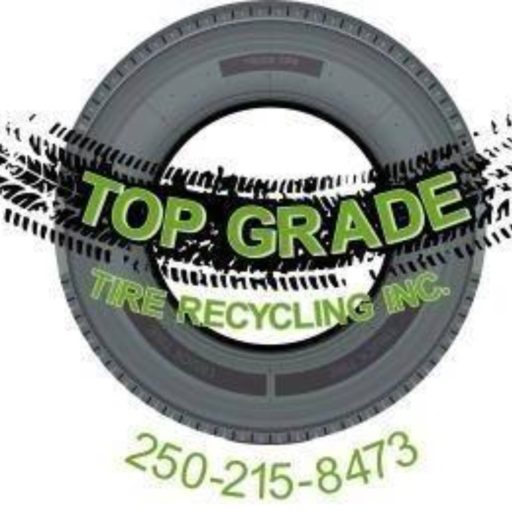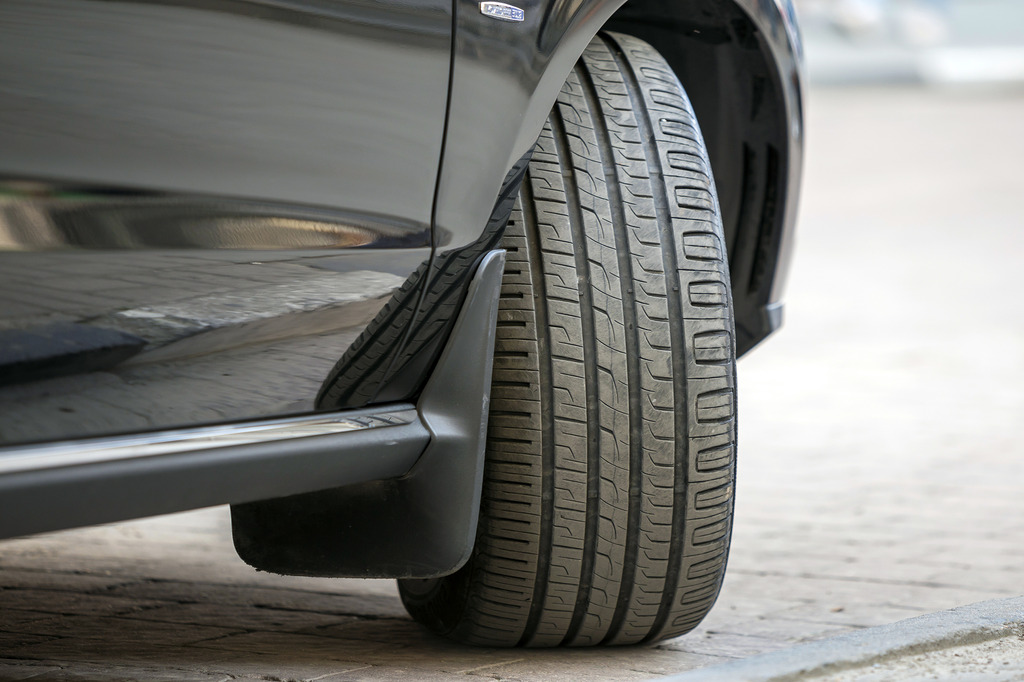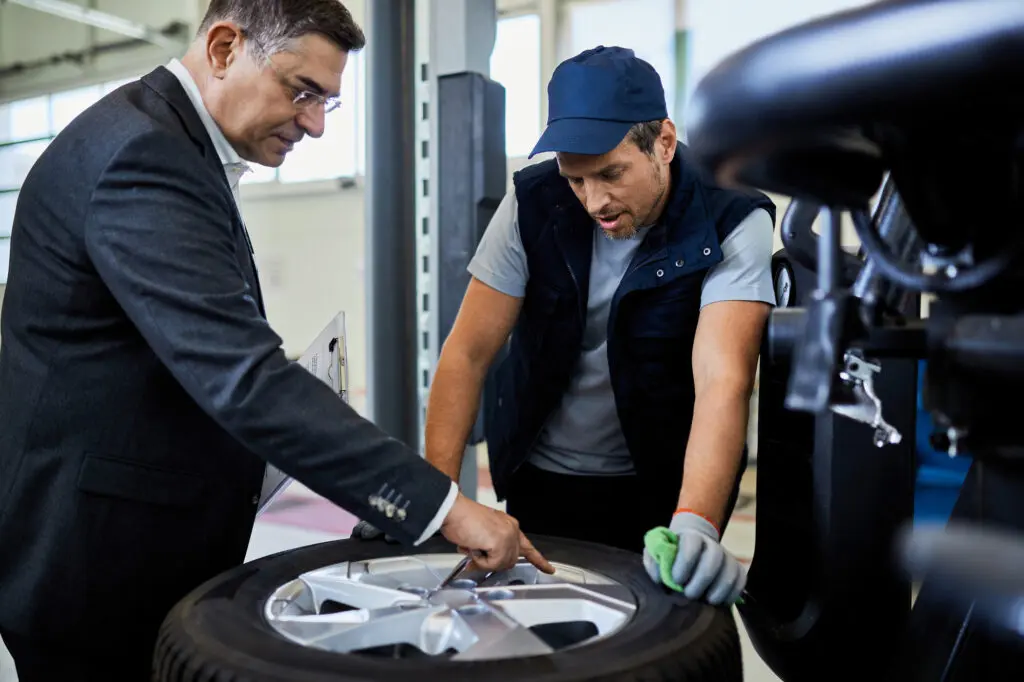If you’re aiming to reduce fuel consumption and lower your carbon footprint, upgrading to low rolling resistance (LRR) tires is a smart choice. These tires are engineered to minimize the energy lost as they roll, leading to improved fuel efficiency. This guide explores the benefits of LRR tires, recommends top models for both cars and trucks, and offers maintenance tips to maximize their efficiency.
Understanding Low Rolling Resistance Tires
Low rolling resistance tires are designed to reduce the energy lost as a tire rolls, decreasing the required rolling effort and improving vehicle fuel efficiency. Approximately 5–15% of the fuel consumed by a typical gas car may be used to overcome rolling resistance. By minimizing this resistance, LRR tires contribute to better fuel economy.
Selecting the Right Low Rolling Resistance Tire

Choosing the right low rolling resistance tire is essential for maximizing both fuel savings and overall driving performance. Not all fuel-efficient tires are created equal — the right choice depends on your vehicle, driving habits, and environmental factors. Here’s what to consider before making your purchase:
Vehicle Type
Start by identifying tires that are specifically engineered for your vehicle class. Whether you’re driving a compact sedan, a hybrid SUV, or a light-duty truck, using a tire that matches your vehicle’s weight load, handling requirements, and drivetrain is crucial. For instance, the best tires for fuel economy on trucks often differ from those designed for passenger cars in terms of tread design, sidewall stiffness, and construction.
Driving Conditions
Think about where and how you drive most often. City drivers may benefit from quieter, smoother fuel saving tires, while highway commuters might prioritize long tread life and minimal rolling resistance at higher speeds. If you drive in mixed conditions — such as rural roads, steep hills, or occasional gravel — make sure your tire offers versatile performance without compromising efficiency.
Truck owners, in particular, should look for the best truck tire for gas mileage that still supports towing and hauling needs.
Climate
Weather plays a significant role in tire performance. All-season fuel efficient tires are ideal for mild climates, while those in colder regions may need to invest in low rolling resistance tires that also perform well in snow and slush. Winter-specific LRR tires exist and can offer better cold-weather traction without severely sacrificing fuel economy.
Never assume that a tire built for efficiency will also perform in snow — check the manufacturer’s seasonal rating before buying.
Tire Ratings and Reviews
Look for independent ratings and real-world reviews. The most reliable fuel efficient tire options typically carry official fuel economy labels or Energy Saver certifications, especially in markets like the EU or Canada.
Customer feedback on tire performance, tread wear, road noise, and gas mileage can give you an accurate picture of how the tire behaves over time. The best fuel economy tires will consistently perform well across multiple review platforms, not just marketing materials.
Maximizing Fuel Efficiency with Proper Tire Maintenance
Even the most fuel-efficient tires will fail to deliver their full performance potential if not properly maintained. In fact, tire neglect is one of the most common yet avoidable causes of poor gas mileage. Whether you’re using low rolling resistance tires on a car or the best truck tire for gas mileage, regular maintenance is essential for maximizing fuel savings and tire lifespan.
Here are the key maintenance practices that help ensure you’re getting the best return on your fuel-saving tire investment:
Check Tire Pressure Weekly
Tire pressure directly affects rolling resistance. Under-inflated tires increase the contact patch with the road, leading to greater friction and energy loss. This not only reduces fuel efficiency but also causes uneven tread wear.
Make it a habit to check your tire pressure at least once a week — especially during temperature changes, as cold weather causes pressure to drop. Use a quality gauge and inflate your tires to the vehicle manufacturer’s recommended PSI. Proper inflation ensures your fuel efficient tires operate as designed, delivering optimal performance and gas mileage.
Rotate Your Tires Regularly
Uneven wear shortens the lifespan of your tires and can increase rolling resistance. Low rolling resistance tires, like any tire type, benefit greatly from regular rotation. By moving the tires from front to rear and side to side at proper intervals (typically every 5,000–7,500 miles), you help ensure even wear across all four tires.
This not only extends the life of your fuel saving tires, but it also maintains their low-resistance performance, keeping your fuel efficiency as high as possible.
Keep Wheels Aligned and Balanced
Misalignment can cause your tires to drag slightly instead of rolling smoothly, which significantly increases fuel consumption. If your vehicle pulls to one side, the steering wheel vibrates, or your tires wear unevenly, it’s time for a realignment.
Wheel balancing is equally important. Unbalanced tires can wobble at high speeds, increasing resistance and wearing tires down prematurely. Regular alignment and balancing are especially important if you drive on rough roads or haul heavy loads — making it even more critical for those using the best tires for fuel economy on trucks.
Monitor Tread Depth and Tire Condition
Worn tires reduce traction and may no longer deliver their original fuel efficiency benefits. For most fuel efficient tires, maintaining adequate tread depth is essential for performance and safety — especially in wet or winter conditions.
Use a tread depth gauge or the “penny test” to check your tires regularly. If the tread is below 2/32″, it’s time to replace them. Driving on worn-out tires can reduce fuel economy and increase the risk of hydroplaning or blowouts.
Adopt Fuel-Efficient Driving Habits
Even with the best tires for good gas mileage, aggressive driving habits can negate your fuel savings. Rapid acceleration, hard braking, and high-speed driving all increase tire wear and rolling resistance.
To complement your fuel efficient tire choice:
-
Accelerate gradually
-
Brake smoothly and early
-
Maintain a steady speed on highways
-
Reduce excess weight in your vehicle
-
Avoid idling when parked
Smart driving habits combined with properly maintained low rolling resistance tires can dramatically boost your miles per gallon (MPG) and reduce fuel costs over time.
Conclusion
Investing in low rolling resistance tires is a proactive step towards enhancing your vehicle’s fuel efficiency and reducing environmental impact. By selecting the right tires and maintaining them properly, you can enjoy improved gas mileage and contribute to a greener planet.
We offer a wide selection of quality used tires and expert services to meet your needs. Visit topgradetire.com to explore our offerings and or visit us online to learn more about how to recycle your used tires.



